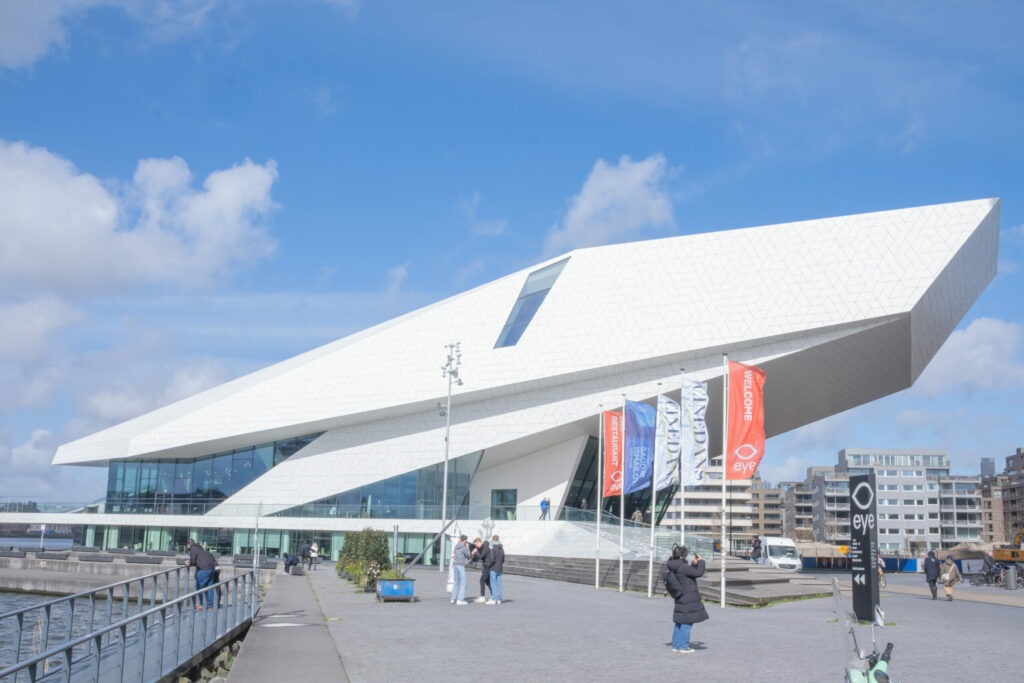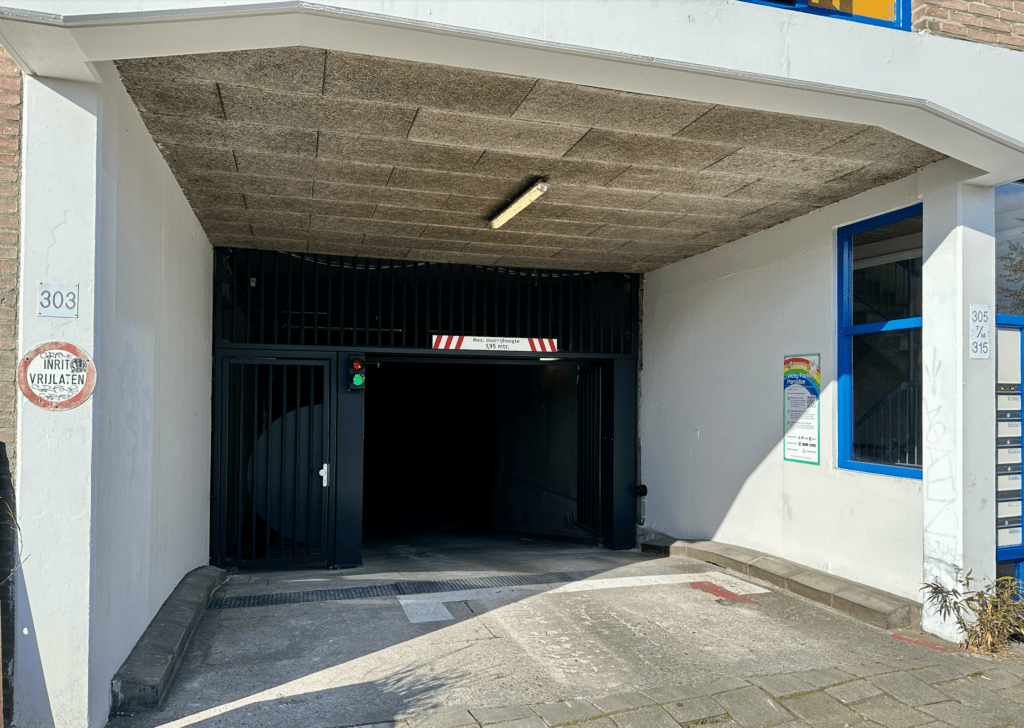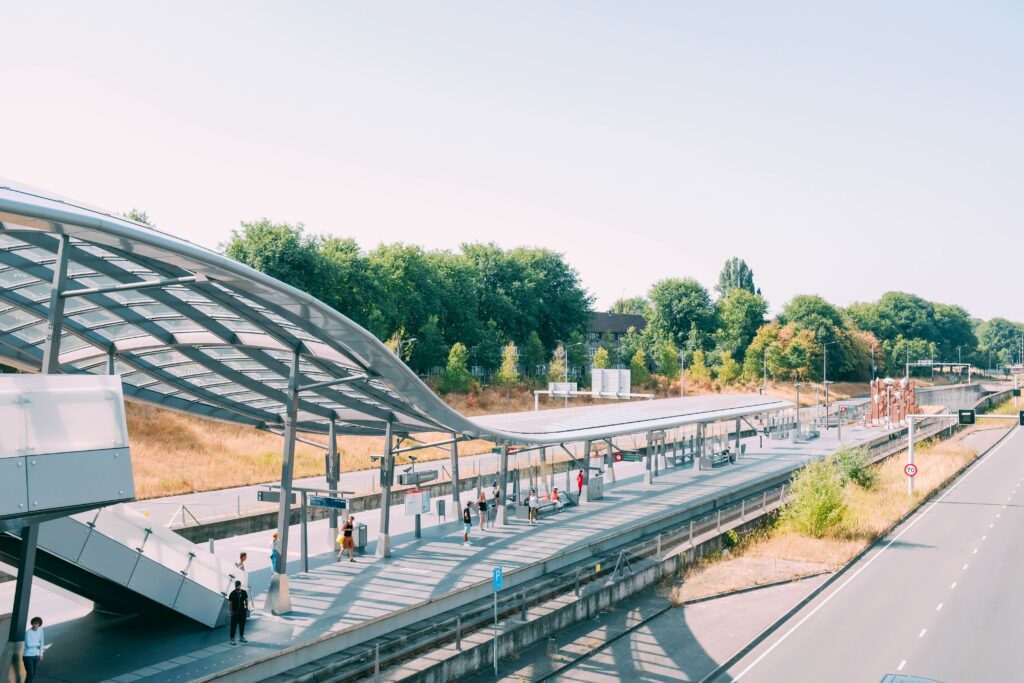How do environmental zones work in Amsterdam and how do you deal with them as a motorist?
Amsterdam is known for its commitment to sustainability and its efforts to reduce its carbon footprint. One of the ways the city is working towards this goal is by implementing environmental zones for cars. In this blog, we will discuss what environmental zones are and how they work in Amsterdam.
What types of environmental zones are there?
An environmental zone is an area in a city or town where certain types of vehicles are restricted from entering based on their level of emissions. The goal of these zones is to reduce air pollution, protect public health, and improve the overall quality of life for residents.
In Amsterdam, there are currently two environmental zones in place: the Low Emission Zone (LEZ) and the Clean Air Zone (CAZ). The LEZ was implemented in 2008 and restricts the entry of diesel-powered vehicles that do not meet Euro 4 emissions standards. The CAZ, which was introduced in 2019, is a more stringent zone that restricts the entry of all diesel-powered vehicles that do not meet Euro 6 emissions standards. In addition, all petrol-powered vehicles that do not meet Euro 4 emissions standards are also restricted from entering the CAZ.
Where are the environmental zones of Amsterdam located?
The Ring A10 is the border of the environmental zone. Driving on the Ring A10 is allowed.
Exceptions
There are three exceptions within the Ring A10 where the environmental zone does not apply:
- The Coen and Vlothaven and the opposite quay in Mercuriushaven.
- The western part of the port area on the IJ bank in Amsterdam North.
- The entrance to the P+R RAI and to the southern stand builders entrance at the RAI.
Hoe handhaaft Amsterdam op het milieubeleid?
The restrictions in the environmental zones are enforced through camera surveillance and automatic license plate recognition (ALPR) systems. Any vehicles that do not meet the emissions standards are identified and fined. The fines for violating the restrictions in the environmental zones can range from €90 to €230, depending on the type of vehicle and the level of emissions.
There are some exceptions to the restrictions in the environmental zones. Emergency vehicles, such as police cars and ambulances, are allowed to enter the zones regardless of their emissions. In addition, vehicles that are used for specific purposes, such as construction or delivery vehicles, may be granted exemptions if they meet certain requirements.
What helps is to go well prepared. This can be done, for example, by looking up your final location before you leave, or arranging your guaranteed parking space in the busy city before you park. This prevents unnecessary driving around the city or accidentally entering a road that is prohibited for your vehicle.
Would you like to park cheaply in Amsterdam and be sure that you have a parking space? Then download the Vicky app on your Android or Apple device. View all locations of Vicky in Amsterdam here.

What impact do the environmental zones have on the quality of life in Amsterdam?
The environmental zones in Amsterdam have had a significant impact on air quality in the city. According to a study conducted by the city, the introduction of the LEZ in 2008 resulted in a 20% reduction in particulate matter (PM10) and a 10% reduction in nitrogen dioxide (NO2) emissions. The CAZ, which is a more stringent zone, is expected to have an even greater impact on air quality.
The environmental zones have also encouraged residents to switch to more sustainable modes of transportation, such as cycling and public transit. In fact, Amsterdam is known for its extensive network of bike lanes and its efficient public transit system. By making it more difficult for cars to enter the city center, the environmental zones have helped to create a more pedestrian- and cyclist-friendly environment.
Conclusion
Overall, the implementation of environmental zones for cars in Amsterdam has been a positive step towards reducing air pollution and improving the quality of life for residents. By enforcing restrictions on high-emitting vehicles, the city is sending a clear message that it is committed to sustainability and protecting the environment. While there may be some inconvenience for drivers who are restricted from entering the environmental zones, the benefits of cleaner air and a more sustainable city are well worth the effort.
Ken je iemand voor wie dit interessant is?







